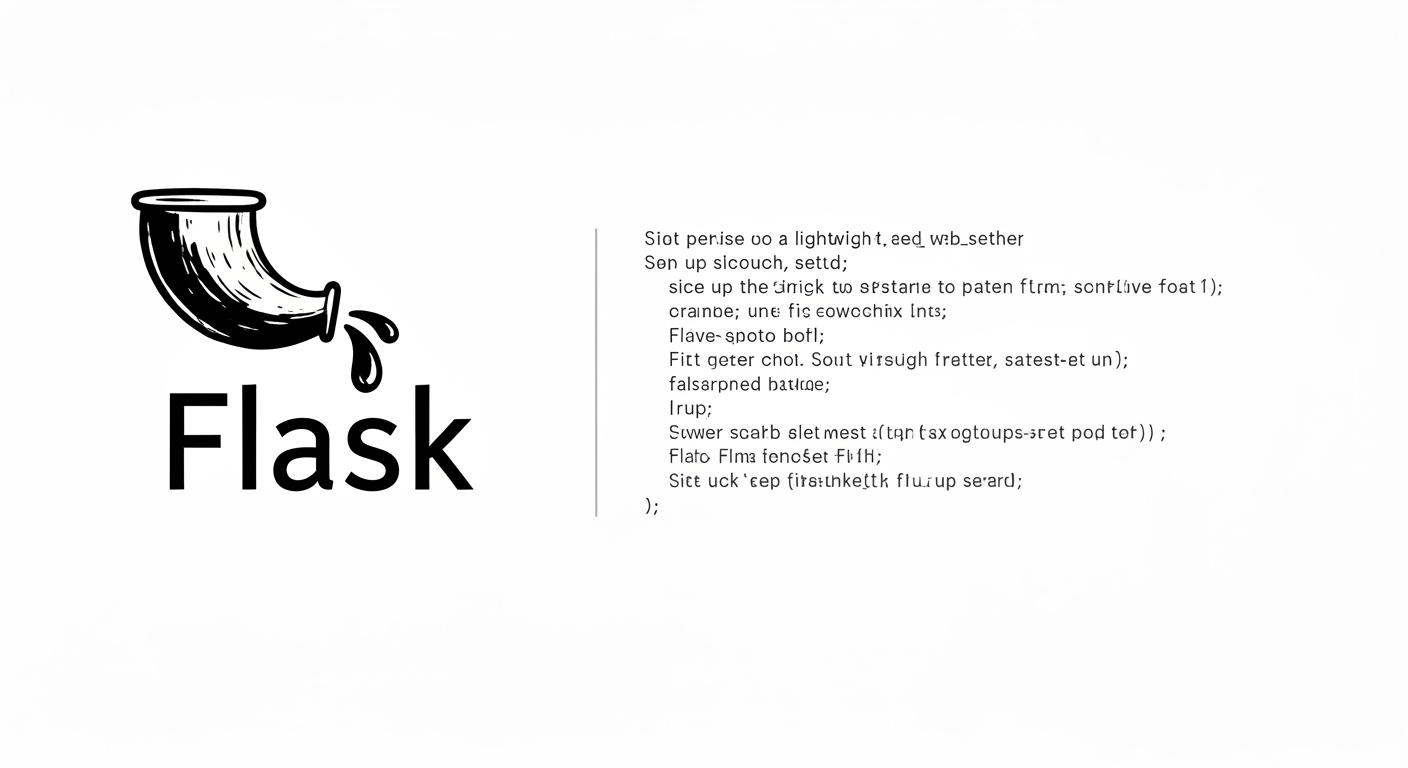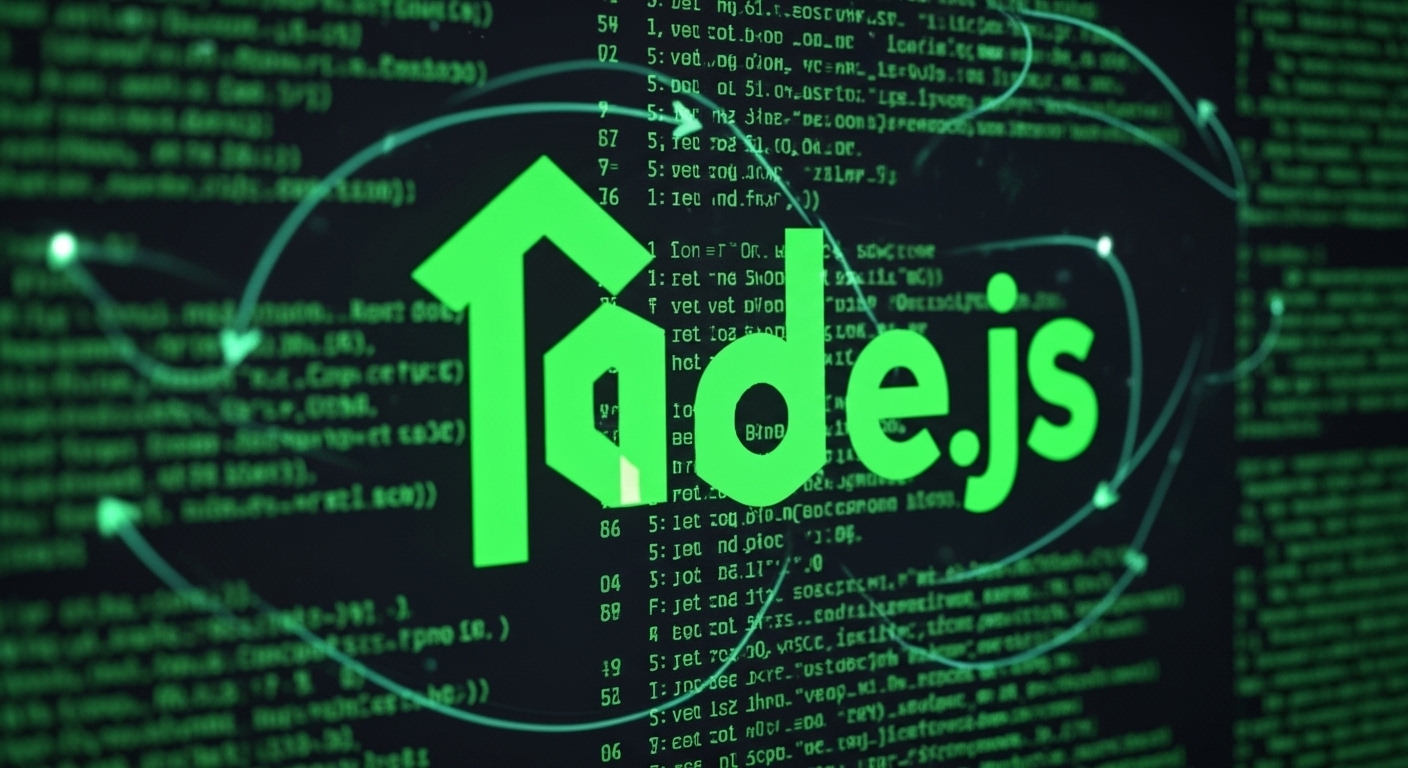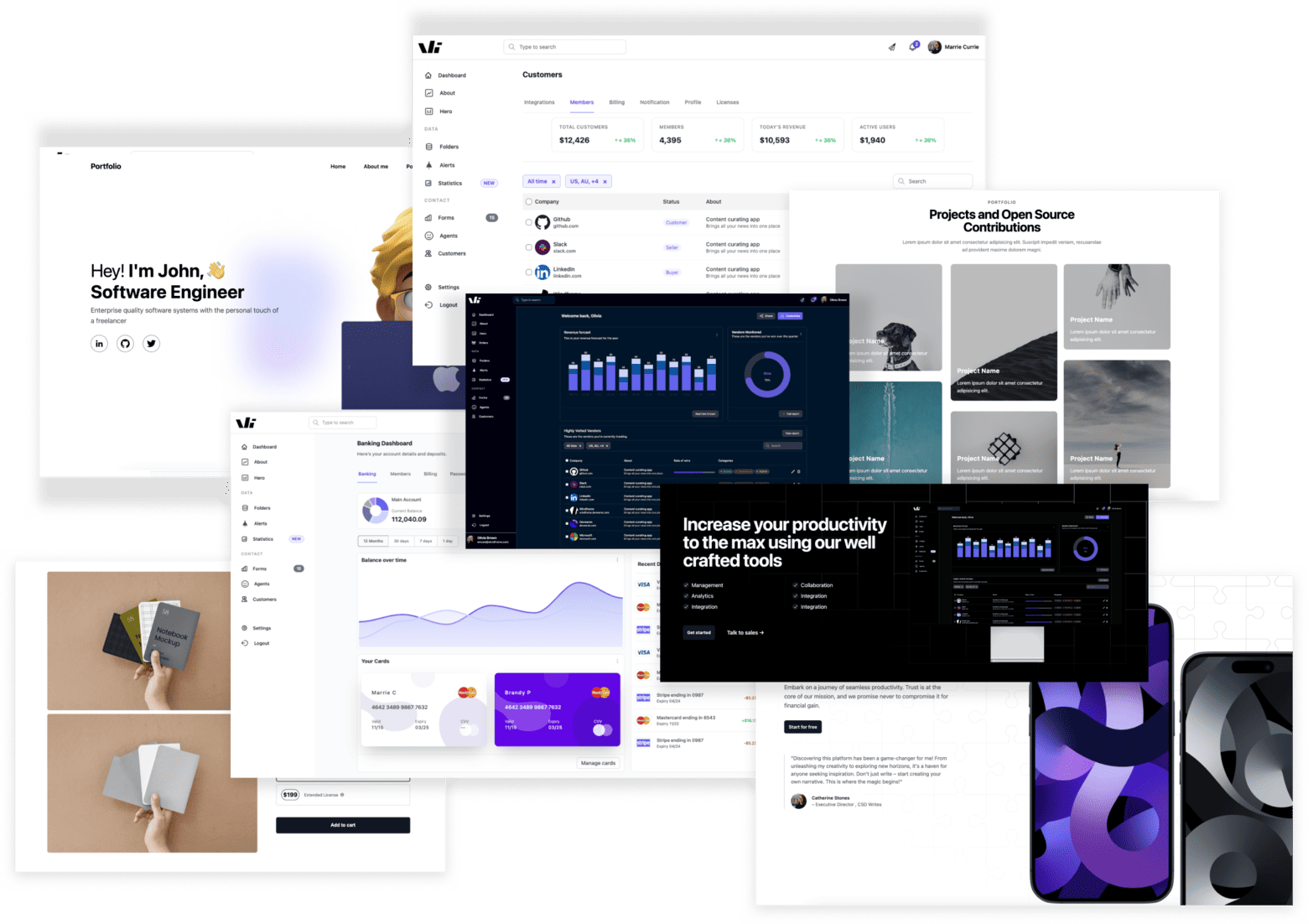Flask vs Node.js: Choosing the Right Backend Framework for 2025

When you’re deciding how to build a backend, two names come up a lot: Flask and Node.js. Both are widely used, both are open source, and both have active communities behind them. But they serve different purposes and fit different styles of projects.
This isn’t a battle of “which is better.” It’s about understanding what each brings to the table, where they shine, and what trade-offs you make by choosing one over the other.
What is Flask?
Flask is a Python-based micro web framework. “Micro” doesn’t mean it’s small in power, it just means it ships with the bare minimum: routing, request handling, and template rendering. Everything else (databases, authentication, form validation, etc.) is added through extensions.

Why developers love Flask:
-
Minimal setup, maximum control.
-
Easy to learn if you know Python.
-
Flexible: you choose your tools instead of being forced into conventions.
Flask is popular for APIs, dashboards, prototypes, and machine learning integrations, since Python already dominates the data science ecosystem.
What is Node.js?
Node.js isn’t a framework, it’s a JavaScript runtime. You use it to build backends with frameworks like Express, Fastify, or NestJS. Its biggest selling point is speed. Node.js uses an event-driven, non-blocking I/O model, which makes it great for handling many simultaneous connections.

Why developers use Node.js:
-
Full-stack JavaScript: one language across client and server.
-
Massive npm ecosystem with libraries for almost anything.
-
High performance for real-time apps (chat, streaming, multiplayer games).
Node.js thrives in situations where concurrency and responsiveness are critical.
Performance: Flask vs Node.js
Performance isn’t everything, but it’s usually one of the first questions.
Node.js: Handles thousands of concurrent requests efficiently because of its asynchronous nature. Perfect for APIs that need to scale quickly or apps with heavy real-time interaction.
Flask: By default, it’s synchronous. It can handle a good load, but if you’re expecting tens of thousands of requests per second, you’ll need to combine Flask with production servers like Gunicorn or uWSGI, and possibly async libraries.
Verdict: If raw scalability is your main concern, Node.js has the edge. Flask works well for moderate traffic and apps where performance is less critical than flexibility.
Ecosystem and Libraries
Flask: Benefits from Python’s rich ecosystem—machine learning, data visualization, scientific computing, and APIs. If your backend needs to integrate with AI models, Flask is the natural choice.
Node.js: npm is one of the largest package registries in the world. You can find a package for almost anything, but quality varies. For web-related tooling, the Node ecosystem is unmatched.
Learning Curve and Developer Experience
Flask: Clean, minimal syntax. If you already know Python, you can pick it up in an afternoon. The downside is that you’re often stitching together multiple extensions, which can be overwhelming for beginners.
Node.js: You need to learn not just Node itself but usually a framework (like Express or NestJS). And because everything is asynchronous, debugging can be tricky at first. But once you’re comfortable with JavaScript, the experience is smooth.
Use Cases Where Flask Makes Sense
-
Building APIs for machine learning models.
-
Rapid prototyping of apps and services.
-
Internal dashboards or admin panels.
-
Projects where Python is already the core language (data pipelines, AI workflows).
Use Cases Where Node.js Makes Sense
-
Real-time applications: chat apps, multiplayer games, live notifications.
-
High-performance REST APIs or GraphQL servers.
-
Streaming services or media-heavy apps.
-
Large-scale SaaS platforms with many concurrent users.
Community and Support in 2025
Flask: Still strong, though Django overshadows it in the Python web world. Flask’s community focuses on simplicity and extensibility. If you’re working with data or AI, you’ll find lots of guidance.
Node.js: Massive community with active contributors. The ecosystem evolves fast, and with Next.js, Remix, and other JS-based stacks leading the frontend, Node remains the default backend choice for many startups.
Flask vs Node.js: Which Should You Choose?
Ask yourself these questions:
-
Do you want one language across frontend and backend? → Go with Node.js.
-
Are you building something tied to data science or AI? → Flask is a better fit.
-
Do you need real-time, high-concurrency performance? → Node.js is built for it.
-
Do you prefer simplicity and control? → Flask gives you that freedom.
Conclusion
The debate isn’t about which one is better universally, it’s about context. Flask is like a lightweight toolkit you can mold to your needs, especially if you’re working in Python-heavy environments. Node.js, on the other hand, is a powerhouse for scalability and full-stack JavaScript development.
The right choice depends on your team, your project’s needs, and your future scaling plans. In practice, both are excellent options in 2025, you just need to pick the one that fits your problem space.
Windframe is an AI visual editor for rapidly building stunning web UIs & websites
Start building stunning web UIs & websites!
